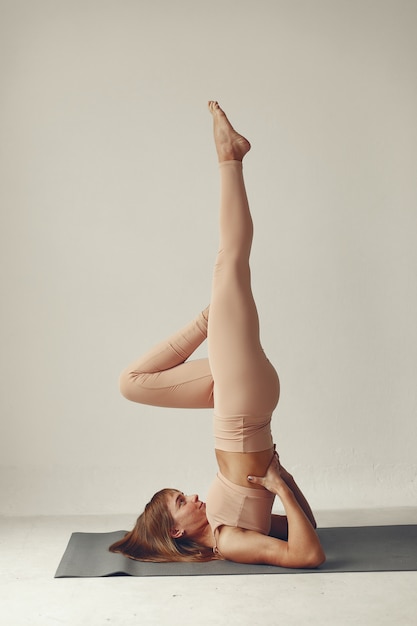
Yoga isn’t just about flexible limbs; it can actually improve your memory, heart health, and bone strength. In the UK, people are spending nearly £790 million each year on yoga classes and mats. Though some yoga trends might seem bizarre—like rage yoga, nude yoga, or even practicing on paddleboards or with dogs—the genuine benefits of yoga are consistently backed by science.
Researchers from UCLA found that three months of yoga and meditation were more effective at reducing age-related brain impairment than traditional memory exercises. Another study noted that yoga improved sleep in breast cancer survivors. When Lucy Edge, a 53-year-old former advertising executive, faced a deep depression, she turned to yoga instead of prescribed antidepressants. She traveled to India for six months to study yoga and returned with a sense of happiness and contentment. Lucy has since authored three books and launched Yoga Meds, a section on her website that lists over 300 clinical trials showcasing yoga’s benefits for conditions like arthritis, insomnia, and obesity.
If puzzles have been your go-to for memory training, it might be time to try yoga. UCLA research on adults over 55 revealed that those who practiced yoga and meditation showed better improvements in spatial and visual memory, and experienced reduced depression and anxiety. The study participants did one hour of Kundalini yoga weekly and 20 minutes of daily Kirtan Kriya meditation.
For heart health, yoga can be just as effective as brisk walking. A 2014 review indicated that yoga helps lower heart disease risk by reducing stress, which raises blood pressure and heart rate. Dr. Mike Knapton from the British Heart Foundation confirmed yoga’s benefits for anxiety, stress, and depression, common issues among heart disease patients. Yoga can also improve blood pressure, cholesterol, and weight management.
To lower stress, try Restorative yoga, which involves supported poses held for long periods to give the nervous system a rest. This type of yoga helps quickly reduce stress levels.
Yoga also supports musculoskeletal health. For lower back pain, it’s recommended to practice yoga as it can help manage pain and improve flexibility. It targets the pelvic floor muscles and is weight-bearing, which can increase bone density. For beginners, starting with gentle Hatha or Iyengar yoga is advisable. Consult with a doctor if considering yoga for medical conditions.
For effective practice, the right yoga mat can make a big difference. Consider where you’ll use the mat, how often you’ll carry it, and the thickness to protect your joints. Healthista recommends the Elephant Cork Yoga mat from Valka Yoga. It’s eco-friendly, durable, and good for joint support, making it ideal for both home practice and on-the-go use.
Using props like a yoga block can also enhance your practice. A good block helps with stability and support in poses. For those new to yoga, types like Yin, Restorative, Vinyasa Flow, Iyengar, Anusara, and Yoga Therapy can provide various benefits and cater to different needs.
Lucy Edge’s latest book, “Down Dog Billionaire,” is available on Amazon.




